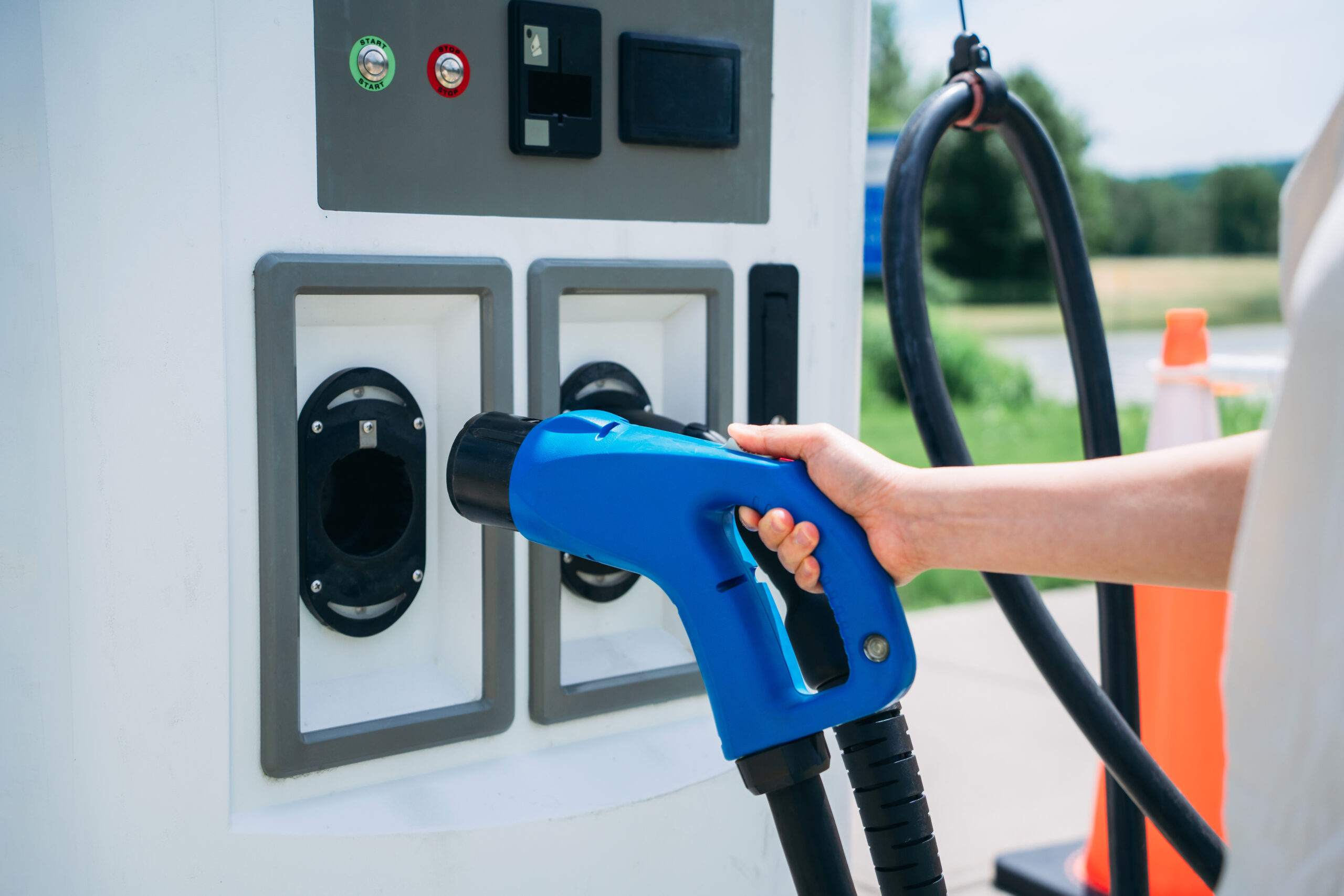
As global industries shift toward sustainability, the demand for efficient and environmentally friendly energy solutions has never increased. In particular, the transportation and logistics sectors are leading the charge in reducing carbon emissions and dependence on fossil fuels. Alternative fuel systems for commercial applications have become both a technological necessity and an economic opportunity. Businesses across the manufacturing, logistics, and energy sectors are seeking innovative designs that balance performance, cost, and environmental responsibility. The future of commercial transportation lies in the intelligent design of alternative fuel systems that harness clean energy while maintaining the operational reliability that industries rely on daily.
The Rise of Alternative Fuel Technologies
Regulatory mandates, consumer awareness, and technological advancements have driven the move away from conventional fossil fuels. Governments worldwide are implementing stricter emission standards, encouraging companies to explore fuels such as electricity, hydrogen, biodiesel, ethanol, and compressed natural gas. As a result, engineers and researchers are working tirelessly to design alternative fuel systems that meet performance expectations and deliver long-term sustainability.
Electric vehicles are among the most recognized faces of this transformation. They rely on battery-electric systems that effectively convert stored electrical energy into motion. Yet electric systems are just one part of the broader spectrum of alternative fuel systems. Hydrogen fuel cell systems, for example, use a chemical process to generate electricity from hydrogen gas, producing only water vapor as a byproduct. This makes them ideal for heavy-duty commercial vehicles requiring long-range and quick refueling times.
Engineering Challenges and Design Considerations
One of the first challenges engineers face is energy density. Traditional diesel and gasoline fuels store large amounts of energy in small volumes, giving vehicles longer ranges and higher performance. Alternative fuel systems, on the other hand, often require larger storage capacities or more complex energy management systems. For instance, hydrogen must be stored under high pressure or extremely low temperatures to maintain its energy potential, demanding specialized tanks and safety mechanisms.
Thermal management also plays a critical role. Managing heat efficiently ensures optimal performance and prevents system degradation in electric and hydrogen fuel cell vehicles. Engineers must design sophisticated cooling systems that keep batteries and fuel cells operating within safe temperature ranges. These systems must be compact, lightweight, and energy-efficient to avoid adding unnecessary load to the vehicle.
Moreover, engineers must ensure that alternative fuel systems meet rigorous safety and performance standards. This involves designing sensors and monitoring systems that detect leaks, pressure fluctuations, and temperature anomalies in real time. These innovative systems provide an additional layer of safety and reliability, making alternative fuel systems more appealing to commercial operators.
Integration into Commercial Applications
Once the design of alternative fuel systems is complete, the next step is successful integration into commercial vehicles and industrial machinery. Each application presents unique requirements based on load, range, and operating conditions. For example, long-haul trucks demand high energy density and quick refueling capabilities, making hydrogen fuel cells and advanced biofuels suitable options. Urban delivery fleets, on the other hand, benefit more from electric vehicles that offer zero emissions and cost-effective charging options.
Additionally, software integration has become a crucial component of alternative fuel systems. Advanced telematics and data analytics allow fleet managers to monitor fuel efficiency, predict maintenance needs, and optimize routes in real time. These digital tools enhance operational efficiency and extend the lifespan of the systems, making them more economically viable for large-scale adoption.
Government policies and corporate sustainability goals are also accelerating the integration process. Many companies are committing to net-zero emissions targets, prioritizing alternative fuel systems. Incentives such as tax credits, grants, and carbon credits encourage more businesses to invest in cleaner transportation technologies. Integrating alternative fuel systems benefits the environment and enhances brand reputation and customer trust.
Economic and Environmental Impact
Designing and implementing alternative fuel systems brings significant long-term benefits for businesses and the planet. From an economic perspective, these systems can reduce dependency on volatile fossil fuel markets and lower operational costs through improved energy efficiency. While the initial investment in infrastructure and technology can be high, the long-term savings in fuel and maintenance often outweigh the upfront expenses.
Electric vehicles, for instance, have fewer moving parts than traditional engines, reducing maintenance costs and downtime. Hydrogen systems can provide consistent power for heavy-duty operations without the noise and emissions associated with diesel engines. Meanwhile, biofuels and natural gas systems allow companies to use renewable and abundant local resources, reducing their exposure to global fuel price fluctuations.
The Future of Alternative Fuel System Design
As technology continues to evolve, the future of alternative fuel systems for commercial applications looks increasingly promising. Researchers are exploring hybrid systems that combine multiple clean energy sources for maximum efficiency. For example, hydrogen-electric hybrid trucks could leverage the quick refueling benefits of hydrogen while using battery storage for short urban trips. These systems provide the flexibility to meet different operational demands without sacrificing sustainability.
Advancements in materials science are also paving the way for lighter, stronger, and more energy-efficient components. Nanomaterials, advanced composites, and solid-state batteries are revolutionizing the performance and durability of alternative fuel systems. These innovations will make clean technologies more accessible, affordable, and scalable across industries.
Ultimately, designing alternative fuel systems for commercial applications is about more than replacing traditional engines—it’s about reimagining how industries move, produce, and grow sustainably. The challenge lies in developing the technology and creating economically sound, environmentally responsible, and operationally practical systems.
In the years ahead, innovation will continue to drive progress toward a cleaner, more efficient world. As businesses embrace alternative fuel systems, they will shape the next industrial and commercial mobility generation. With creativity, collaboration, and commitment, the future of sustainable transportation is not just possible—it is already being designed today.